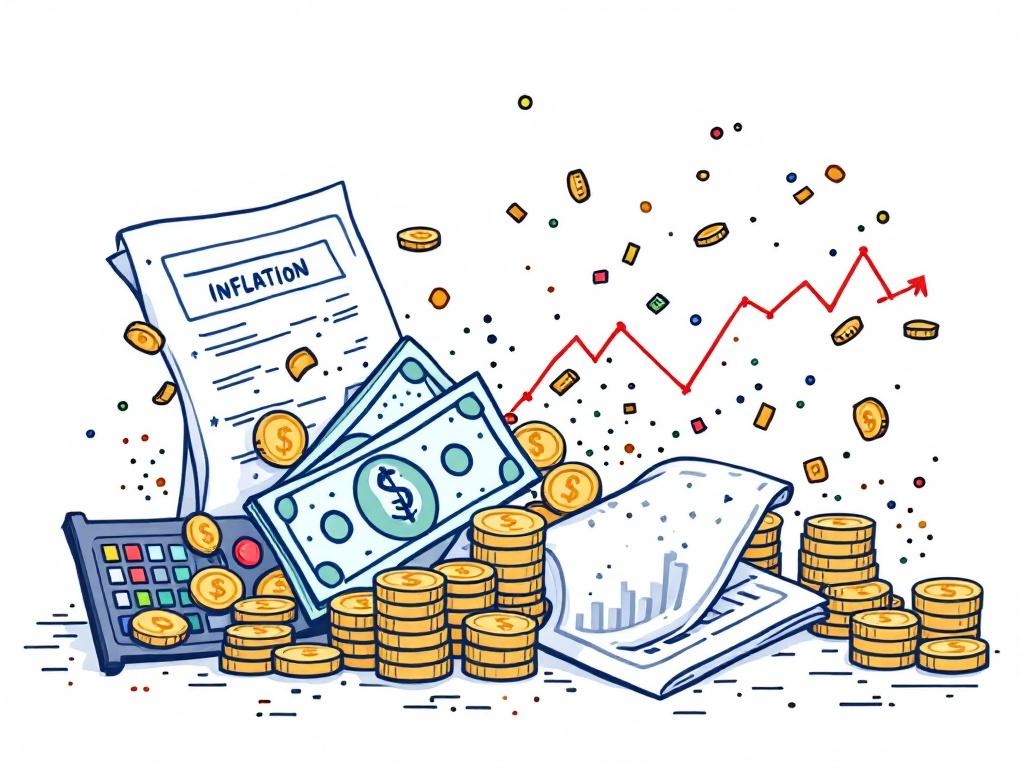Inflation Reaches New High as Beef Prices Surge

Washington, D.C., Saturday, 25 October 2025.
Inflation hit its highest since January due to a 15% hike in beef prices, complicating the Federal Reserve’s interest rate decisions amid hiring slowdowns.
Inflation at a New Peak
Inflation in the United States reached its highest point since January 2025, with consumer prices rising by 3% in September compared to the previous year, as reported by the Bureau of Labor Statistics on October 24, 2025 [1][2]. This increase is primarily driven by a significant 15% rise in beef prices over the same period [1][3]. The surge in beef prices has been attributed to tariffs and drought-related reductions in cattle herds, complicating the Federal Reserve’s monetary policy decisions [2][3].
Economic Implications
The rise in inflation poses considerable challenges for the Federal Reserve, which is caught between the need to control inflation and the risk of stalling economic growth by raising interest rates. The recent slowdown in hiring adds a layer of complexity to these decisions, as policymakers aim to balance stimulating the economy with curbing inflationary pressures [1][2][3]. The Federal Reserve is expected to cut interest rates by 0.25 percentage points at their upcoming meeting, reflecting concerns over the weakening labor market [2][3].
Impact of Government Shutdown
The ongoing government shutdown, now in its fourth week, has delayed the release of economic data, potentially leaving businesses and policymakers without critical insights needed for decision-making. As a consequence, the inflation report for October 2025 may not be released, marking an unprecedented data gap that could further destabilize markets and economic forecasts [1][4]. White House Press Secretary Karoline Leavitt expressed concerns that the absence of this data could leave the Federal Reserve and other stakeholders in disarray [1][4].
Consumer Concerns and Future Outlook
Rising grocery prices, particularly for beef and other essentials, continue to stress American households, with about half of the population identifying grocery costs as a major source of financial strain [3][5]. The political discourse has increasingly focused on these economic challenges, particularly as tariffs and trade policies contribute to price hikes. As the Federal Reserve prepares for its policy meeting next week, the economic landscape remains fraught with uncertainty, making the path forward challenging for both policymakers and consumers [2][3][5].